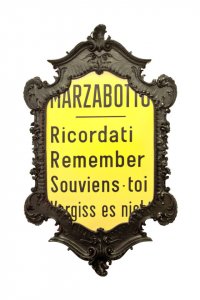Storie di pittori tra narrativa e teatro nella letteratura italiana degli anni Duemila
Abstract
The beginning of the New Millennium is characterized by a radical process of mutation of the gaze linked to the increase of the multimediality of the image, thanks to the pervasiveness of digital media at a global level. In this context, it is relevant to note how some writers - in an attempt to provide an original view on reality - have created works shifting between fiction and theatre, evoking figures of artists who have opposed the social conventions with their works. In particular, Claudio Magris with La mostra (2001) has reconstructed the irregular existence of the Triestinian painter Vito Timmel, between confinement in a mental hospital, attempts at recovery, taverns and art exhibitions; Pino Cacucci in ¡Viva la vida! (2010) gave voice to the Mexican painter Frida Kahlo, who in a monologue retraces her life, always accompanied by the impending presence of Death; Ermanno Rea in La parola del padre. Caravaggio e l'Inquisitore (2017) imagines a questioning between the Inquisitor and Merisi, who never responds to the accusations of heresy. Although the protagonists are different, the three works share the desire to counteract the homologation of the visual, narrating the peculiarities of the painter's gaze through concreteness of dramaturgical writing.
Downloads
Pubblicato
Come citare
Fascicolo
Sezione
Licenza
Copyright (c) 2023 Elephant & Castle

TQuesto lavoro è fornito con la licenza Creative Commons Attribuzione 4.0 Internazionale.






